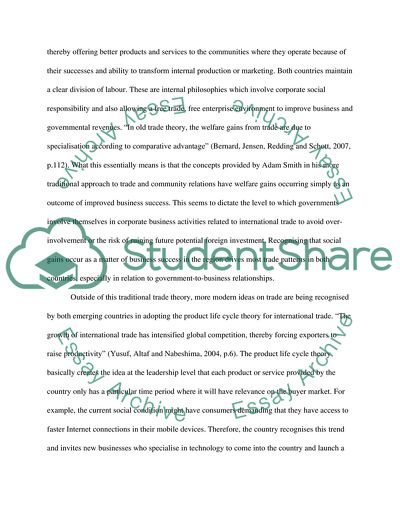Cite this document
(India and the Czech Republic - International Trade Patterns Assignment, n.d.)
India and the Czech Republic - International Trade Patterns Assignment. Retrieved from https://studentshare.org/marketing/1730575-one-essay-one-marketing-report
India and the Czech Republic - International Trade Patterns Assignment. Retrieved from https://studentshare.org/marketing/1730575-one-essay-one-marketing-report
(India and the Czech Republic - International Trade Patterns Assignment)
India and the Czech Republic - International Trade Patterns Assignment. https://studentshare.org/marketing/1730575-one-essay-one-marketing-report.
India and the Czech Republic - International Trade Patterns Assignment. https://studentshare.org/marketing/1730575-one-essay-one-marketing-report.
“India and the Czech Republic - International Trade Patterns Assignment”, n.d. https://studentshare.org/marketing/1730575-one-essay-one-marketing-report.


